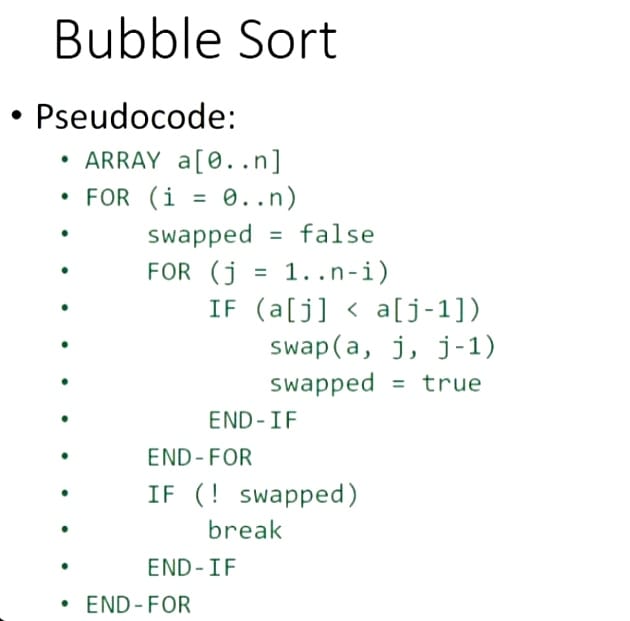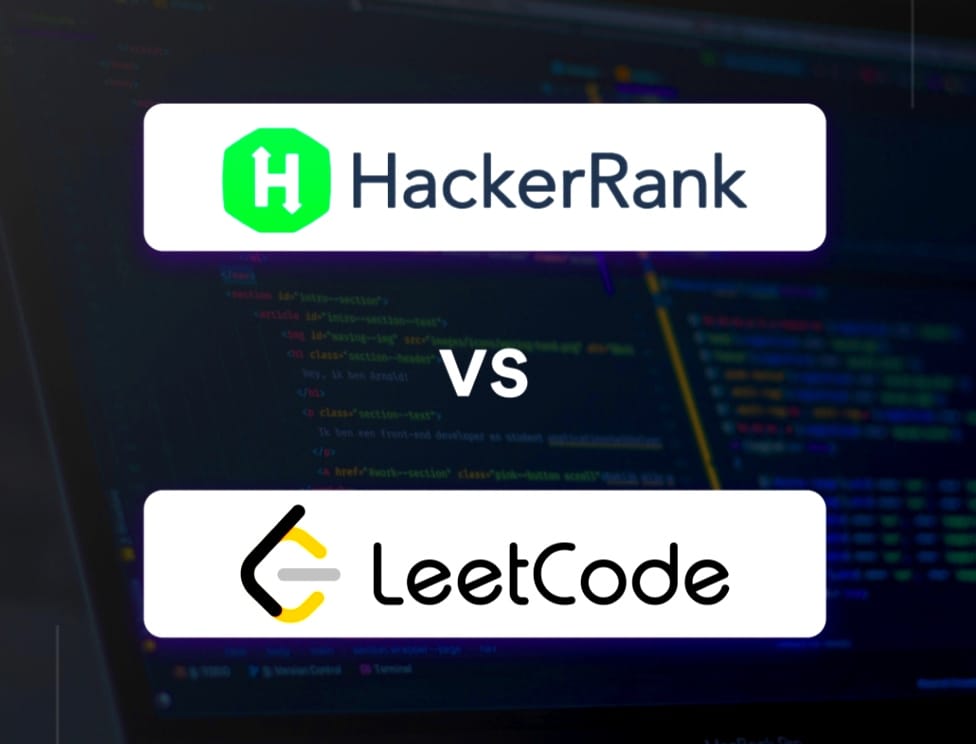Introduction
In the vast realm of computer science, mastering the art of programming requires more than just learning a specific language syntax; it demands a deep understanding of algorithms and the ability to think algorithmically. At the heart of this journey lies a fundamental tool known as pseudocode. This introductory section sets the stage for beginners embarking on their exploration of pseudocode and algorithmic thinking.
Understanding Pseudocode
Pseudocode serves as a bridge between human logic and computer instructions. Unlike actual programming code, pseudocode is a high-level description of a solution to a problem, written in plain English with some programming-like syntax. It helps programmers plan and organize their thoughts before diving into the complexities of coding. Understanding the purpose and structure of pseudocode is crucial for beginners to grasp its significance in algorithmic problem-solving.
Getting Started
For beginners, the concept of pseudocode may seem intimidating at first glance. However, breaking it down into simple steps can demystify this crucial tool. This section provides a step-by-step guide on how to write pseudocode, starting from defining the problem to breaking it down into smaller, manageable steps. Through clear examples and explanations, beginners gain confidence in their ability to express algorithmic logic using pseudocode.
Bridging the Gap
One of the primary challenges beginners face in learning programming is bridging the gap between understanding algorithms and writing actual code. Pseudocode serves as a vital bridge in this journey. By providing a middle ground between human-readable logic and machine-executable code, pseudocode helps beginners translate abstract ideas into concrete steps. This section addresses common misconceptions about pseudocode and highlights its role in easing the transition to coding.
Practical Applications
To truly appreciate the value of pseudocode, beginners need to see its practical applications in action. This section presents real-world examples where pseudocode is used to solve various programming problems. From simple arithmetic calculations to more complex algorithms, readers witness how pseudocode can be applied across different domains and programming languages. These examples serve as inspiration for beginners to experiment with pseudocode in their own projects.
Building Algorithmic Thinking
Beyond its practical applications, pseudocode plays a crucial role in developing algorithmic thinking skills. This section explores how practicing pseudocode enhances problem-solving abilities and fosters a structured approach to algorithm design. Through exercises and activities, beginners are encouraged to think critically about problem-solving strategies and express them using pseudocode. This iterative process cultivates a mindset focused on efficiency and clarity in algorithmic solutions.
Tips and Tricks
As beginners gain proficiency in writing pseudocode, they can benefit from additional tips and tricks to improve their skills further. This section offers strategies for effectively using pseudocode in various programming tasks, such as refining algorithms, debugging code, and collaborating with team members. Best practices for writing clear, concise, and efficient pseudocode are shared, empowering beginners to communicate their ideas effectively.
Resources and Next Steps
Learning to master pseudocode is just the beginning of the journey into algorithmic thinking. This section provides a roadmap for further learning and exploration. Recommendations for online resources, books, and courses are offered to help beginners deepen their understanding of algorithms and programming concepts. With a solid foundation in pseudocode, readers are equipped to tackle more advanced topics in computer science.
Conclusion
In conclusion, the journey into algorithmic thinking begins with understanding the power of pseudocode. Through clear explanations, practical examples, and hands-on exercises, beginners can demystify this essential tool and harness its potential to solve complex problems. By building algorithmic thinking skills and embracing best practices, aspiring programmers embark on a transformative journey towards mastering the art of coding. Pseudocode serves as their guiding light, illuminating the path to success in the world of computer science.
To know more on how to write pseudocode visit GEEKSFORGEEKS.
If you liked this article do follow our site TIMES DIGEST for more such exclusive content.












2 thoughts on ““Pseudocode Demystified 2024: A Beginner’s Journey into the Amazing World of Algorithmic Thinking””